It turns out that you are such an interconnection of everything...
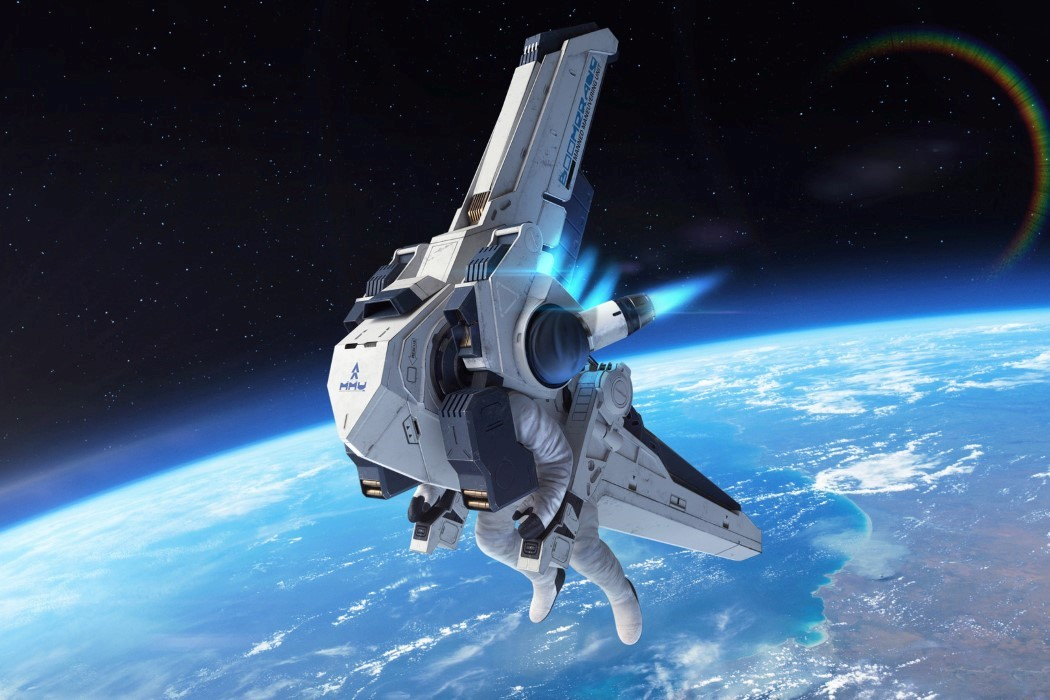
From the release of 5G commercial license by the Ministry of Industry and Information Technology on June 6 to the announcement of the listing of its first 5G mobile phone, Mate 20 X (5G), on July 26. There are already 20 5G mobile phones available on the market.
Of course, due to the previous 5G application scenario and business ecology, 5G mobile phones are more of a gimmick, a new round of battles on mobile phone chips after the mobile phone screen war.
Although this is the "first time", it does not prevent everyone from showing the biceps.
Why are the more big names obsessed with 5G?
Why is the first wave of 5G climax concentrated on mobile phones?
Why is the download speed and game frame rate often the first thing 5G mobile phones present?
Because even if the communication manufacturers themselves still have limited understanding of 5G, and smart phones have touched the ceiling in both hardware and aesthetics, a "seed of love" and a "familiar driving" naturally allow "private life": before 5G technology has found the most suitable application ecology and bearing hardware, it seems good to choose the most popular application hardware to complete the "initial experience" of 5G technology.
This will not only renew the life of mobile phones and "migrate" the past potential energy of major manufacturers to the 5G era. It can also naturally transition to the 5G era, making it convenient for users to complete the transition from 4G to 5G networks. It can also free up a valuable period of time for communication manufacturers to perfect 5G business ecology as soon as possible in exploration, study and research and development.
There are so many benefits, but we cannot ignore the fact that the commercialization of 5G technology is "ripe" by the trade war. However, Huawei, the protagonist of this century's storm, has always been fighting on the first front of 5G without showing any timidity: just like Ren Zhengfei's low profile and Huawei's Mate 20 X (5G) show off.
However, speed is only the simplest of the four features of 5G "high speed, ubiquitous network, low power consumption and low delay", and 5G mobile phone is only a small step in the commercialization test of 5G. When 5G gradually completes iteration on smart phones, it is possible to quickly "transplant" in the fields of smart wear, smart home, smart city and smart medical care ".
After all, the difference between a smartphone and everything around it is just an extra "screen" that can point the country out ".
But it is this screen that opens a new mode of "human-computer interaction" and sows the seeds of the Internet of Things. It unknowingly quantifies human sensory experience into different digital standards, and also creates for further digital life. New possibilities: when the interactive system of smart phones is copied by other new species with "screens, consumers can quickly adapt to and take control of this new world that is about to be" opened by peacocks "with extremely low learning costs.
This is the "interconnection of everything" in the 5G era ".
It is a highly unified 5G "high speed, ubiquitous network, low power consumption and low latency". It is the inevitable result of the evolution of the Internet of Things, and it is also a key node for the migration of the human world to the Internet.
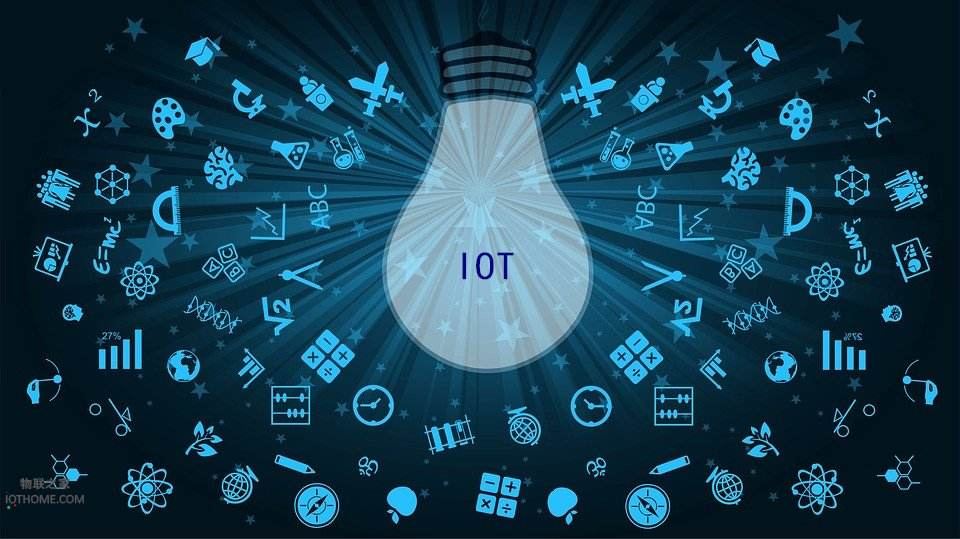
If the 1G, 2G, 3G, and 4G eras have gradually completed the networking of humans, information, entertainment and social networking, and the construction of channels for information dissemination and content sharing has been completed with tangible terminals and intangible networks; this is the network world The nails inserted in the human world, they use media such as movies, televisions, computers and mobile phones as the entrance to gradually achieve the current Internet of Things with excess information.
Then in the face of the coming 5G era, faster, stronger, lower power consumption and slightly undetectable delay, it is possible to connect everything from individuals, families, cities and even countries and the earth to further "embed" digital life into all aspects of human clothing, food, housing and transportation.
In fact, it is not difficult to understand:
The stage of 1G ~ 4G is like logging, piling, building foundation and penetrating the human world in desert mud;
5G is based on the former, a deeper take over the people's livelihood and give personal digital life empowerment.
The biggest difference between them:
The Internet of Things only gradually highlights its own talent and makes human beings addicted to it;
The interconnection of everything is an indispensable necessity for human survival from the very beginning.
Of course, this "courage" is definitely not given by Liang Jingru, tracing the development history of the Internet of Everything:
As early as 1985, Peter T. Lewis proposed the concept of internet of things (IoT ,Internet of things). However, it is well documented that Bill Gates mentioned the interconnection of things in his book "The Road to the Future" in 1995. Until the world information summit in 2005, the International Telecommunication Union released "ITU Internet Report 2005: Internet of Things", formally defining "Internet of Things" and pointing out that the era of "Internet of Things" has come.
We don't know whether the Internet of Things era has come or not, but with the emergence of e-commerce, mobile social networking, cashless payment, live broadcast and short video, we have become more and more inseparable from the Internet.
These are only what we can perceive personally, where we cannot perceive them:
Various information sensors, radio frequency identification technology, global positioning system, infrared sensors, laser scanners and other devices are changing with each passing day;
Collect any objects or processes that need to be monitored, connected, and interacted in real time, collect various required information such as sound, light, heat, electricity, mechanics, chemistry, biology, location, etc., and realize things through various possible network connections. The ubiquitous connection between objects, objects and people, and the technology to realize the intelligent perception, identification and management of objects and processes is becoming more and more mature.
These hardware and technologies born from the online world are gradually playing an increasingly important role, and even giving birth to "super species" such as iMac(1998)iPod(2001)iPhone(2007)iPad(2010); It has changed human entertainment, social interaction, work and life.
The "smart machine" endorsed by the iPhone once became the "main theme" of human life during a long period of 12 years; it is the first time that it has made all mankind have a smart terminal. New definition.

There is no denying that iPhone is the perfect combination of hardware and technology in the Internet of Things era. Besides iPhone, we have also made great progress in materials, hardware and technology, and are eager to try on smart terminals. Even the embryonic forms of IoT ecology such as Xiaomi, Aliyun, Huawei, Apple and Google have gradually emerged.
Of course, Xiaomi Mijia, Huawei Smart Selection and Made by Google are not all connected. They just complete the iteration on the original intelligent hardware step by step, lacking innovation and talking about subversion.
We are familiar with the following story. 5G is "caught off guard" from its appearance to its finalization. However, this does not prevent 5G from "making a big difference" on mobile phones. Ubiquitous network and low power consumption do not perform well, so it can only appear on high speed and low delay.
However, we need to be clear that mobile phones are not the best carrier of 5G, at least not yet. A mobile phone cannot support the interconnection of everything. We should see the "disobedience" of 5G on mobile phones, and we should see the development opportunities of 5G on mobile phones and other smart hardware.
(1)
The biggest change in the Internet of Everything
○
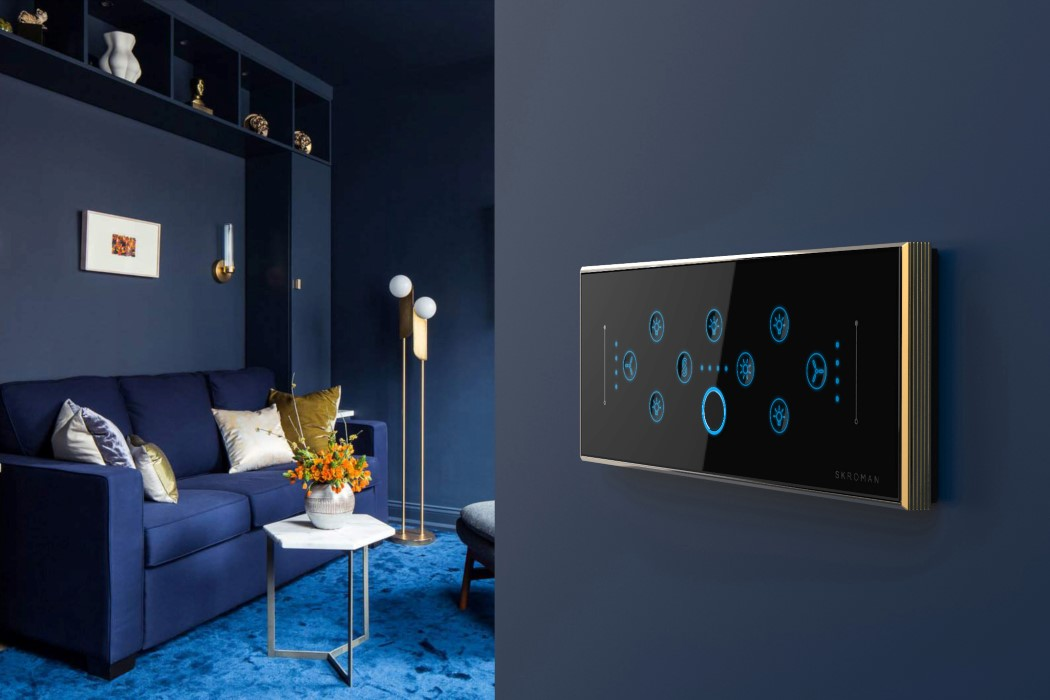
If the development of the Internet of Things provides hardware and technical flesh and blood for the Internet of Everything, then the arrival of 5G network to the Internet of Everything is to open up the two channels of Ren and Du.
5G is hot, but it is not yet able to deliver on much of its promises; as Erdar Arikan, the father of 5G Polaroid, said: "5G may not be able to achieve all its goals immediately, as some of the public expected. However, over time, there will be a variety of upgrades (new versions) to the 5G standard, and at some point, these promises will be gradually realized."
So let's boldly assume that with the iterative development of 5G technology, the Internet of Everything can also be divided into several stages:
The first stage: mobile phone experience, mobile phone as a common medium will accelerate 5G maturity and explore various application ecology;
The second stage: interactive terminal, the gradual maturity of 5G application ecology, can help redefine 5G hardware form;
Phase 3: After the personal assistant, application and hardware are perfected, 5G interactive terminals are likely to be combined with robots.
Of course, in these stages, it is not to say that "mobile phone experience, interactive terminals and personal assistants" will occupy the absolute dominant position. It can only be said that they represent the general trend and mainstream; each stage must have different exploration subjects and exploration directions, and even The previous generation of terminals still has its value in the heyday of the next generation of terminals, and this gives users more choices.
In the process of integrating the 5G terminal into the Internet of Everything and then becoming the center independently, and finally being endowed with the ability to act, we will witness the "full invasion" of the Internet of Everything to real life ".

Helion (ceiling) ultra-short distance projector
1. Screen everywhere
Due to the ubiquitous network and low power consumption properties of 5G, it can bring greater possibilities to the Internet of Everything.
The mobile phone screen may become a variety of strange appearance "embedded" in other devices. In the future, any object you see, even ordinary tables and chairs, thin clothes, simple means of transportation, cars and other complex systems may be a control terminal with a "screen.
Coupled with the maturity of holographic projection technology, whether there is a screen, how big a screen is, and even not limited by the carrier.
2. Pervasive interaction
It is said that the mainstream of the 1G era is voice, the mainstream of the 2G era is short message, the mainstream of the 3G era is graphic, and the mainstream of the 4G era is live broadcast and short video. What is the mainstream of the 5G era?
Video and live broadcast are only the foundation, interactive video, real-time calculation and remote control are the mainstream.
At this moment, our voice, every move, and even emotions may be collected by the hidden "sensors" of the surrounding world, and then sorted and learned by some terminals; more mature XR devices can even help everyone Create more real "virtual roles" in the online world, and finally experience "Second Life" in different virtual worlds through data simulation feedback ".
3. Cloud within reach
Due to the ubiquitous screens and the huge data generated by pervasive interactions anytime and anywhere, this requires the upcoming 5G network to have a huge data computing and storage system; but how can humans who have experienced smart phones be "stupid"? Surrender, so it is necessary to store data in the cloud and minimize the size of the terminal.
As it happens, 5G's high speed, low power consumption and low latency provide excellent living conditions for the cloud. The ubiquitous network also gives the cloud a ubiquitous interface.
On this basis, as long as a screen terminal or interactive device can be connected to the cloud, we can instantly experience various huge data sets already stored in the cloud: interactive video, instant rendering and even cloud games.
②
The Implementation Path of the Internet of Everything
○
If the screen that can be seen everywhere gives the traditional equipment a face that can speak well, and the pervasive interaction gives the traditional equipment clairvoyance and downwind ears, then the cloud that is within reach gives the traditional equipment a remote brain.
The screen gives them the ever-changing ability to get through the limbs, the interaction allows them to "understand" the owner's actions and give timely feedback. The cloud gives them the space for storage, learning and evolution.
Such a future of "all things have spirituality" seems distant, but it is actually being realized step by step.

YoonJy Earphones Earrings Headset
1. Smart Wear
According to incomplete statistics, in the past five years from 2015 to 2019, several intelligent hardware enterprises have closed down every year.
From Sony, Kuri, Jibo, Anki to Storm, it seems that everyone has a hard time.
Considering that in recent years, the "friendly" smart phones that have been on the road of no return, such as price-performance ratio, full screen, folding and 5G, it is their rise and their arms race that have consumed too much attention from users. The average 6 hours of mobile phone screen reading time cannot naturally give more attention to other smart hardware.
From microblog to WeChat, from headlines to trembles, mobile phones are so fun, why do you want to recharge the "limited intelligence" smart hardware?
As a result, the dominance of an intelligent machine has led to a great deal of other intelligent hardware.
However, with the full screen unification of the Jianghu entering a period of silence in 2018, coupled with the fact that folding screens and 5G mobile phones are not mature enough, and the imagination of the interconnection of everything in 5G era; The folded screen suddenly has the possibility of "taking root" in other intelligent hardware. As the future terminal closest to the human body, intelligent wear is naturally a battle for every inch of land.
From clothes, backpacks to eyes, watches, even rouge, lipstick... screen, interactive, technology and fashion will have greater possibilities.

Vitrine Smart TV
2. Smart Home
Apart from smart wear, the only thing closest to a person is smart home.
In addition, the use of smart wear is limited, and the requirements for volume, shape and color value are more stringent, and it is difficult to achieve more complex functions, which gives smart home a place to use.
It can seamlessly embed intelligent wear and create a "private space" for individuals based on reality and even existing in the network. It can back up and read files at any time to switch room temperature or even decoration style. It can also be used as the login interface of the network world to experience second life at any time. It can also create virtual offices to work with colleagues at home. It can even handle housework and simulate different seasonal scenes.
Due to the spatial attribute of smart home itself, its size and functionality, it has greater scalability than smart wear: their own diversity, multi-function, and even the growth attribute given to them artificially, supplemented by various Projection equipment, holographic projection and XR technology, as long as we connect the data, we can strategize and win thousands of miles away.
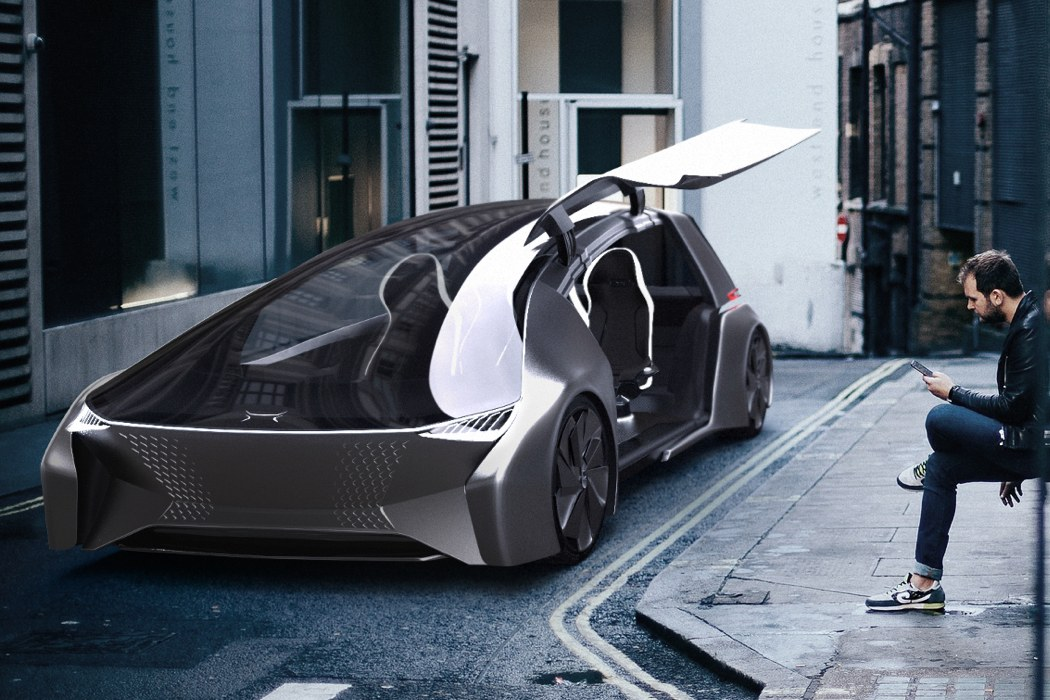
EXIGEN Smart Car
3. Smart Travel
Although smart wear and smart home can already meet most of the needs of human beings, but the world is so big, don't you look at living in the virtual world all day long?
And here we don't need to buy a ticket or buy a car at all. We just need to make an appointment at home through the terminal, and one of the most popular means of transportation will appear at the door. Without spending energy on driving, they can drive to the reserved destination by themselves.
If this journey is boring, you can get some driving rights, experience a real road commute, or play an adventure game with XR technology......
In short, the future of transportation is likely to be a movable space, in which you have everything you want, even making people feel the passage of time.
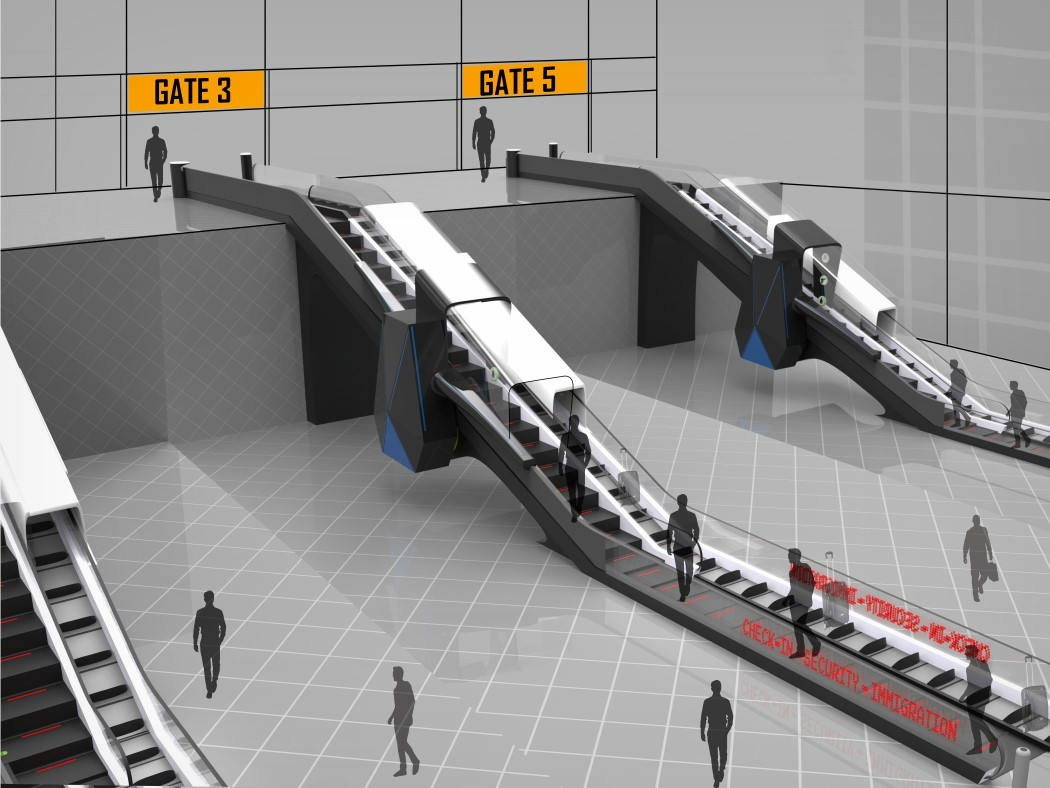
Aerochk escalator
4. Smart City
Of course, if you encounter a longer distance travel, it is likely that drones and smart cars will not meet our needs; at this time, airplanes or super subways are very competitive.
Here, the flight experience in the plane and the super subway may be no different from the smart travel. The only difference is that the public area will have more humanized auxiliary and safe experience.
As various devices are interactively connected, the entire waiting room does not even require many staff.
Of course, this is only one aspect of urban transportation. In the era of Internet of Everything, unmanned shelves, face payment, unmanned aerial vehicle express delivery, etc. will be further popularized. We can even directly complete various material transactions through game adventure and other modes in the virtual network.
Various devices in smart cities will greatly enhance the efficiency of human travel.
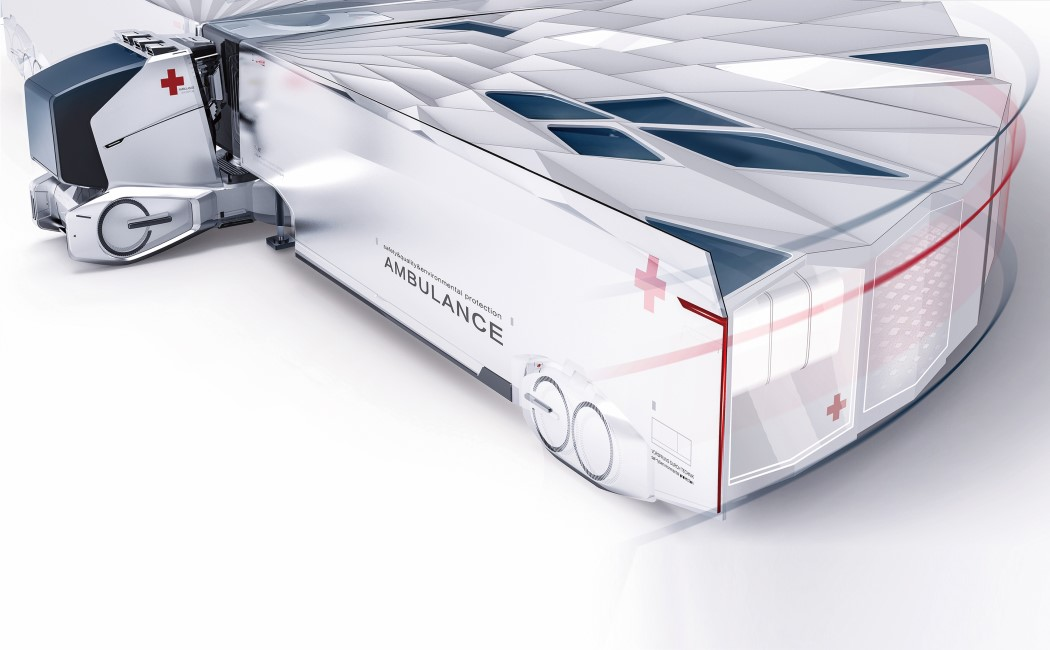
Life Knight mobile hospital
5. Smart Medical
Smart homes and smart cities have improved people's life and travel experience, but health problems are still unavoidable.
In the future, a manual electronic medical record will become the mainstream. From birth to death, all health problems will be classified and summarized, and can be checked by relevant people anytime and anywhere.
If possible, parents can also collect some key data from their children and individuals from their eating habits. Help them to regulate their personal health problems from their diet and living habits.
If the human body has pathological changes, we can pass various terminal warnings in time; and it is also possible to complete the replacement of the corresponding organs through digital simulation.
(3)
The surreal imagination of the Internet of Everything
○
From smart wear, smart home to smart travel, smart city, smart medical; of course, the future of the Internet of Everything will not be only in these areas, but they have already played the essence of the Internet of Everything-screen interactive cloud.
Of course, these are only the hardware that is about to be implemented and that is possible, and we still have more room for expansion in terms of technology.

1.XR technology
Although we have always had high hopes for XR, the current XR devices, from Facebook Oculus VR, Google Project Glass to Microsoft HoloLens, and Apple VR, which is still on the way, really do not have any. They are too far from what we imagined.
Of course, this may be due to Japanese animation and Chinese online games novels that gave VR devices an extremely realistic experience too early, so that current players are dissatisfied with their desire.
Can VR equipment bring realistic experience to people?
Nature is OK.
After all, XR focuses on immersive experience, making it possible for users to consume content directly through their senses.
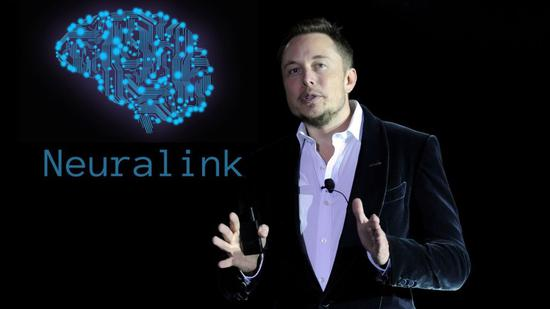
2. Brain-computer interface
If XR technology is only a solution for humans to access the virtual world, then the brain-computer interface is a shortcut to directly connect the human brain to the computer.
Once this technology matures, it is possible for humans to connect to the network world through only one data line, upload and download various data sets.
The biggest difference between it and XR technology is that it reduces the medium between human-computer interaction. If you add an infusion tube, it is no different from the brain in the cylinder.

3. Human brain simulation
If Marx is still just a little radical, the idea of Markram trying to simulate the human brain with a computer is crazy.
Although his ten-year experiment was unsuccessful, his courage to skip the artificial intelligence and directly face the HBP human brain project is quite admirable; and once they have cracked the operating mechanism of the brain, they can directly produce incredible biological reactions through chemicals.
If this is achieved, the existing rules of the human world may no longer exist.
④
The End of Everything Interconnected: Rewriting Order
○

if the smart wearable, smart home, smart travel, smart city and smart medical effects of only exists in the real world, they do not change the human original cognitive just looking through data simulation to human opened across the door.
they all things are connected together, can give a person beyond materialism and the use of experience.
then XR technology, brain-computer interface (bci) and brain simulation is in the human senses, human brain directly and world; human brain of the operating mechanism is intended to take up the matter directly solve the physical and biological connection password.
they face of human existence itself-sensory, consciousness and consciousness of the human, it wasn't that special.
but no matter what kind of, their reality of operating rules are disruptive, but influence the size.
the bigger problem is that we can't refuse it, even will take the initiative to promote the internet of everything in the world of development process, just like we can't refuse artificial intelligence; even if they have too much of the uncertainty, but as a human being for the foreseeable future, we can only unfold how they're meant to be.
but all sorts of things internet may not be better:
for the traditional manufacturing industry, the future you choose create explosions, or just gonna watch mediocre products are large expulsion;
for the traditional service industry, more and more of the post will certainly be replaced creativity in computing power under the impact is not absolute advantage;
in between the two design services up at the same time facing the two consequences is the following: might your customer is less and less, more and more small, creative and more constrained.
want to live, must put interconnection of all things in the wave of incorporation into a deeper level of even the construction of r & d and design.
with the internet of everything for "virtual consumption of weights, in reality consumption is bound to reduce, in reality, the manufacturing industry will be a virtual world" metastasis ".
but like the smartphone on the smart hardware of dimension reduction strike ", interconnection of all things in the era of smart hardware for partial traditional industrial design is still a" dao dao jian xue "of potentially fatal blow.
Here we must pay attention to two trends:
1. the lower end of the "objects" will quickly disappear gradually become functional components;
2. the higher end of the "objects" will transform the presence, but must be highly integrated.
No matter which of the above, in the face of the general trend of the interconnection of everything, it will either be eliminated because it cannot keep up with it, or it will become a small component under a large system. The meaning of the product itself will be weakened. The material, shape, function and design of the product must serve that larger system.
Just like smart homes can't accommodate traditional homes, smart cities are not friendly enough to traditional devices. Once more and more devices in individuals, families and even cities are connected to the Internet, they will "form a party for private purposes" quietly expel traditional products. After all, the social environment and social consciousness at that time were beneficial to the interconnection of everything.
of course, here due to the interconnection of all things of the radical, people will probably stand up in defense of "traditional" but pi fu how can shake the tree?
⑤
The hidden danger of the interconnection of everything: things will disappear
○
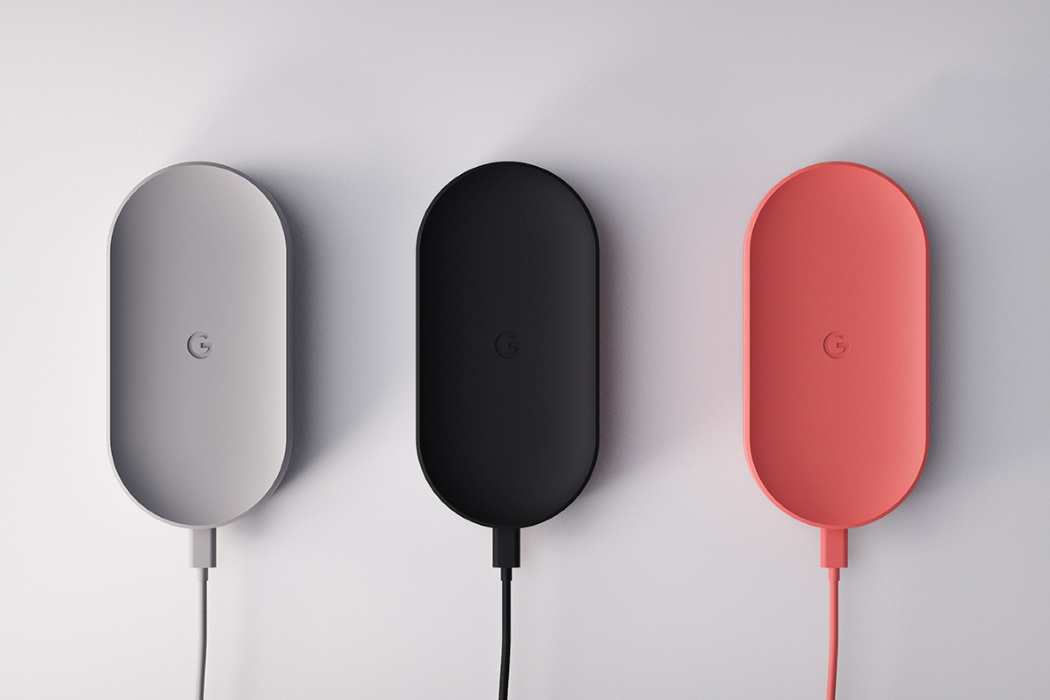
The above is just an overview of the impact of the Internet of Everything on the future business order from the development trend of the Internet of Everything, but in fact, returning to the living soil of the Internet of Everything-the manufacturing industry itself, we are facing more serious problems:
On the one hand, there are too many college students in China. They generally feel that sitting in the office is more "advanced" and would rather devote themselves to the Internet than to manufacturing;
On the other hand: due to the uncertainty of the trade war and the increasingly expensive labor in China, the manufacturing industry is shifting to India, Vietnam, Malaysia and other places; although China's high-end manufacturing has begun to demonstrate international competitiveness, it is for low-end industries. The environment is getting worse and worse, which leads us to gradually embark on the road of no return of American-style "industrial separation"; although our national system is destined not to be "industrial hollowing", but a large proportion of people will lose their jobs, which is inevitable.
On the one hand, some low-end jobs will accelerate the disappearance, active or passive replacement by robot labor, on the other hand, young labor is not willing to fill the gap in the low-end industrial chain, innovation is weak.
The manufacturing industry itself is gathering with Internet giants (they can afford wages and have enough funds to support R & D and design), coupled with the addition of brands and marketing, the competitiveness of other small product R & D institutions will become less and less competitive.
In the era of Internet of Everything, the threshold for smart hardware players has been raised and eliminated again and again, leaving only one or two mainstream players to take all.
Small and medium-sized product research and development institutions lack competitiveness and die, even their products no longer exist.
The remaining mainstream players will not have much motivation to continue to innovate because they have no competitors.
This has led to more and more standardized and homogenized "things" in the era of the Internet of Everything, and finally digested by the imagination of "virtual things.

But in fact, we don't need to worry so much about the challenge of the Internet of Everything to the traditional world:
Even if the Internet of Everything has made great progress, machine labor has replaced more and more labor costs, and most people are unemployed; in this extremely bad situation, human beings as a whole do not have more money and demand to complete consumption, even if the cost of machine labor is lower, but if the goods it produces cannot be sold, social capital cannot flow; and this is a burden that the manufacturing industry cannot bear.
So the last possibility of the interconnection of everything is:
Robots have become another kind of "ethnic minority". Most of their authority is centrally controlled and only their computing power and labor are rented out;
Human beings, on the other hand, enter a "welfare society" and either engage in other industries or save the minimum standard of living.
Of course, this step may still be far away, but there is no doubt that the Internet of Everything is giving machines more authority to calculate and labor and play a more important role.
As for whether it is possible for robots to "sit on an equal footing" with humans in the future, or when humans can "semi-mechanize" themselves, we will see!
But before that, we have some good news:
First, cars are cheaper in the era of the Internet of Everything. After all, what kind of rent is expensive;
Second: The location, size and decoration of houses in the era of Internet of Everything are really not so important, and the price is not too expensive. After all, smart homes made by others still need to be sold;
Third: It is really not too simple to find an object in the era of the Internet of Everything. You can choose and choose by yourself anytime and anywhere. She is single-minded, loyal, has a good personality, and will not spend money indiscriminately. Is it really that important?
PS: Some picture materials come from @ Tiger Smell @ 36kr @ yankodesign
The copyright of this work belongs to 何鲸洛. No use is allowed without explicit permission from owner.

New user?Create an account
Log In Reset your password.
Account existed?Log In
Read and agree to the User Agreement Terms of Use.

Please enter your email to reset your password
For the time being, the collection is empty and read slowly.
About the association of the Internet of Everything...